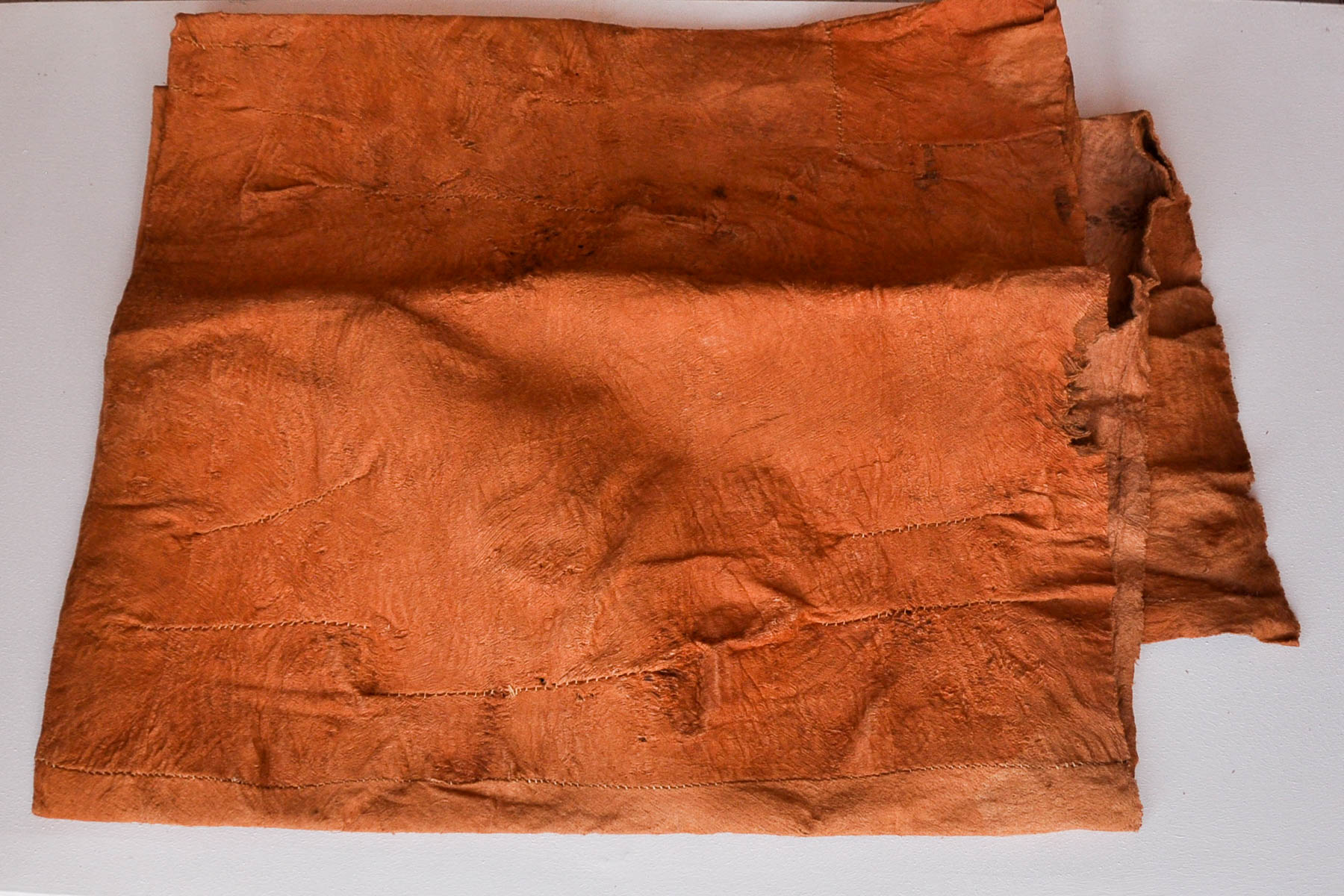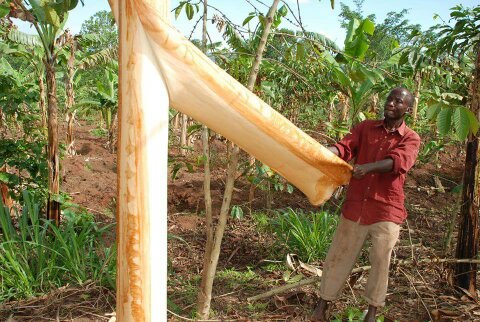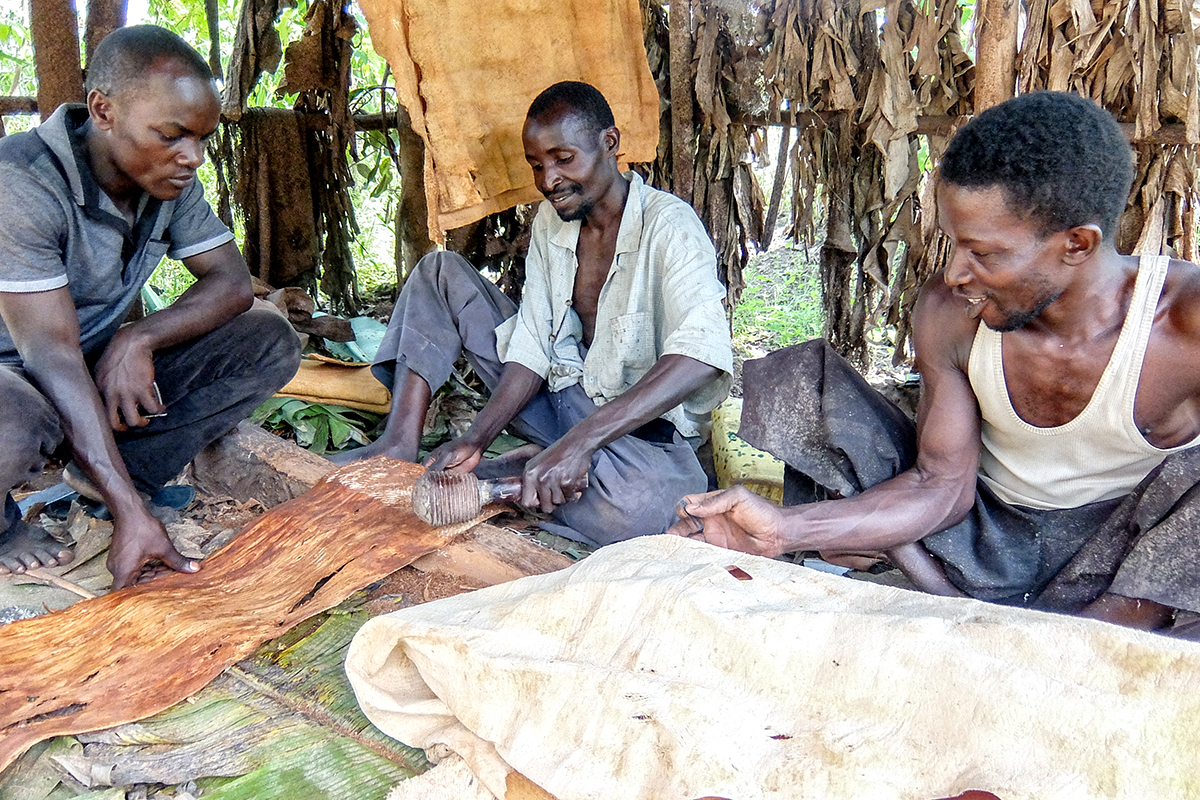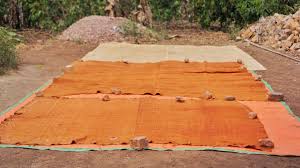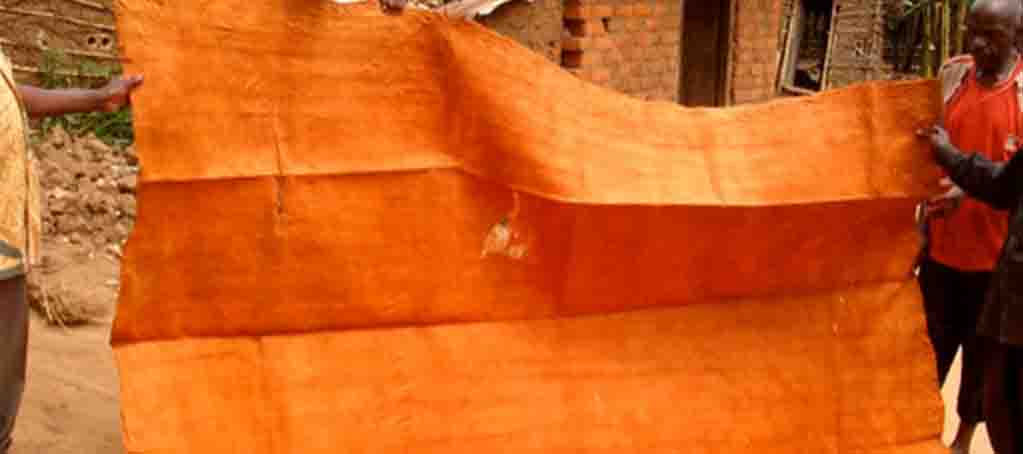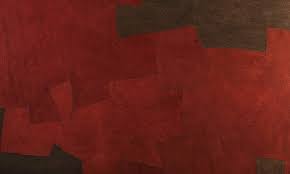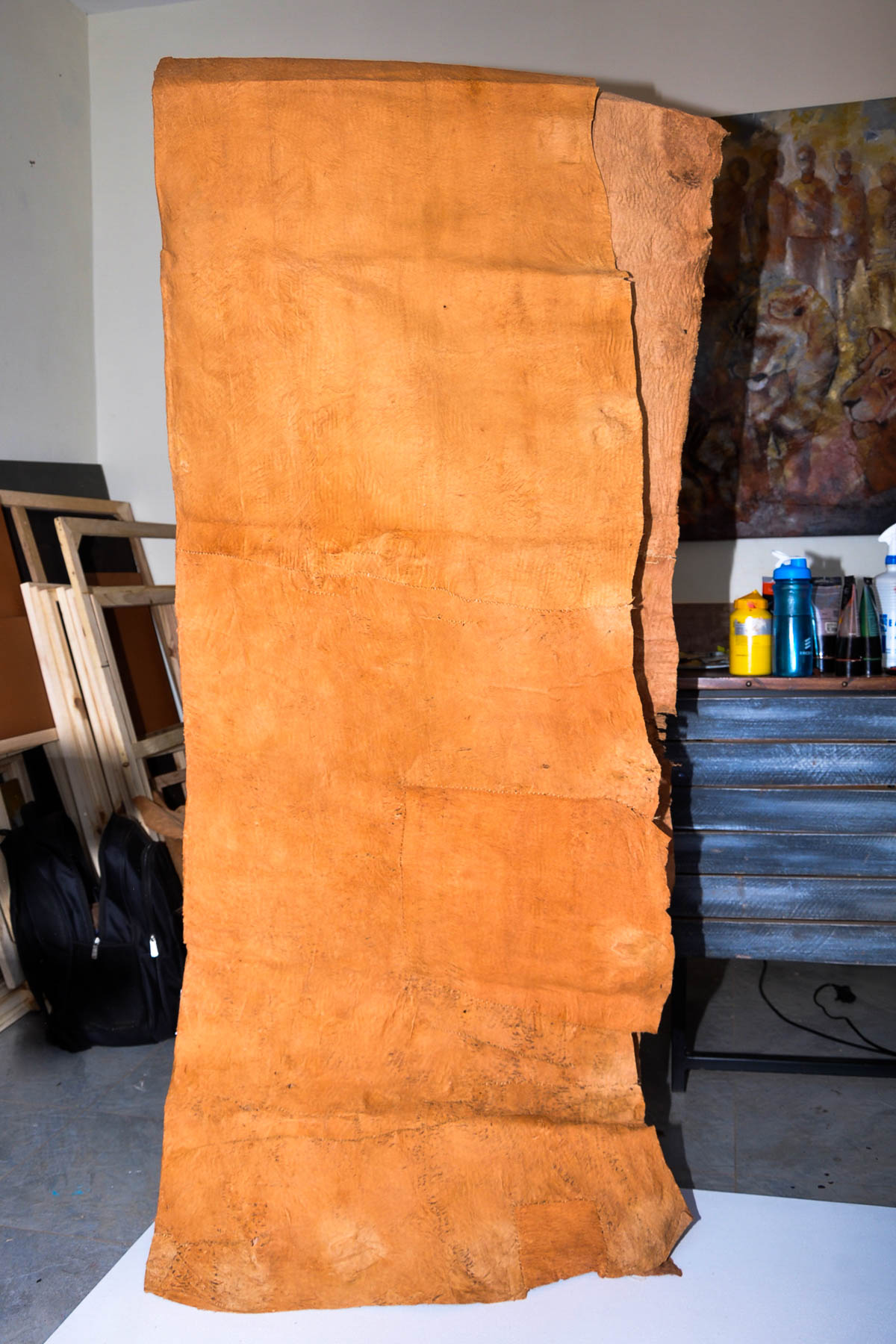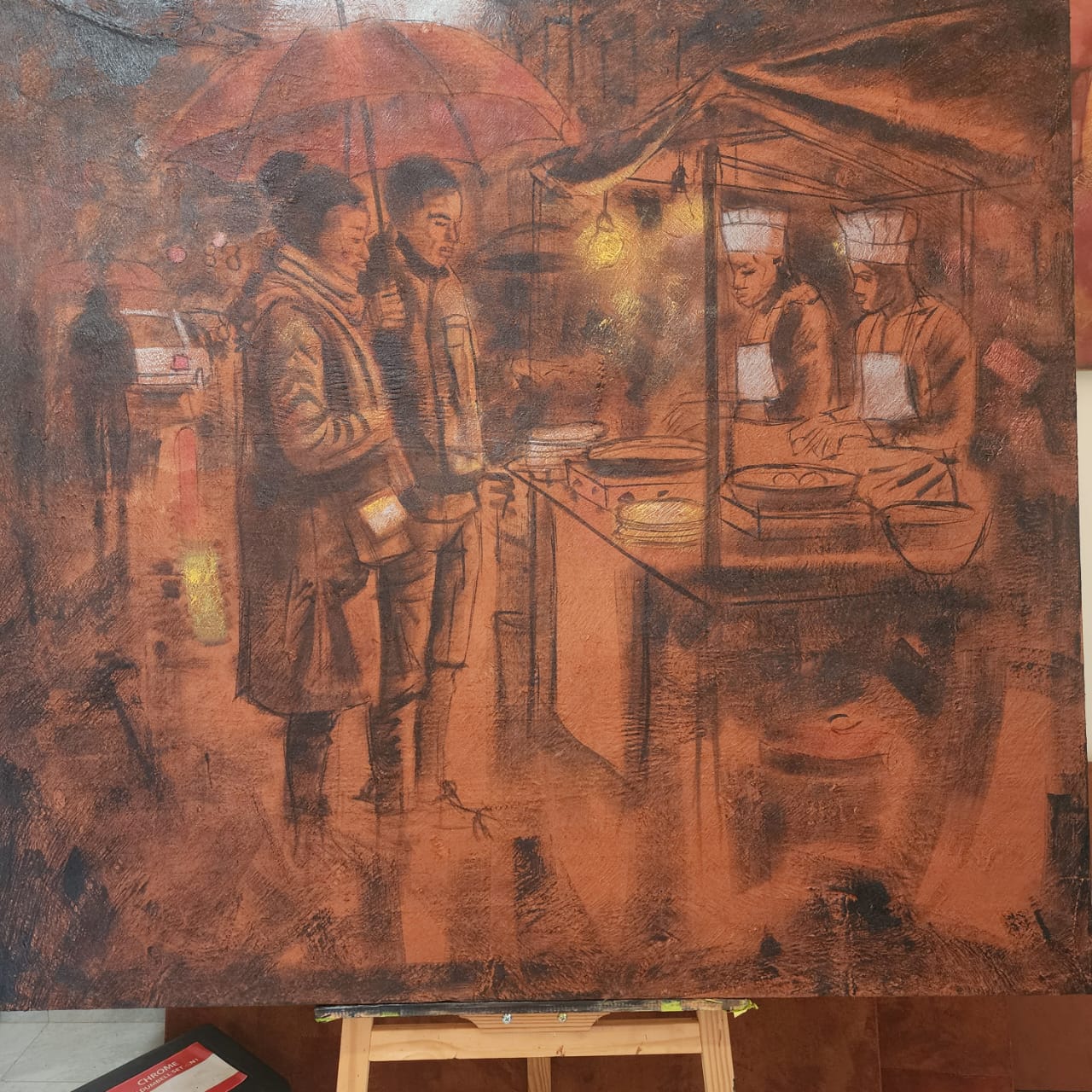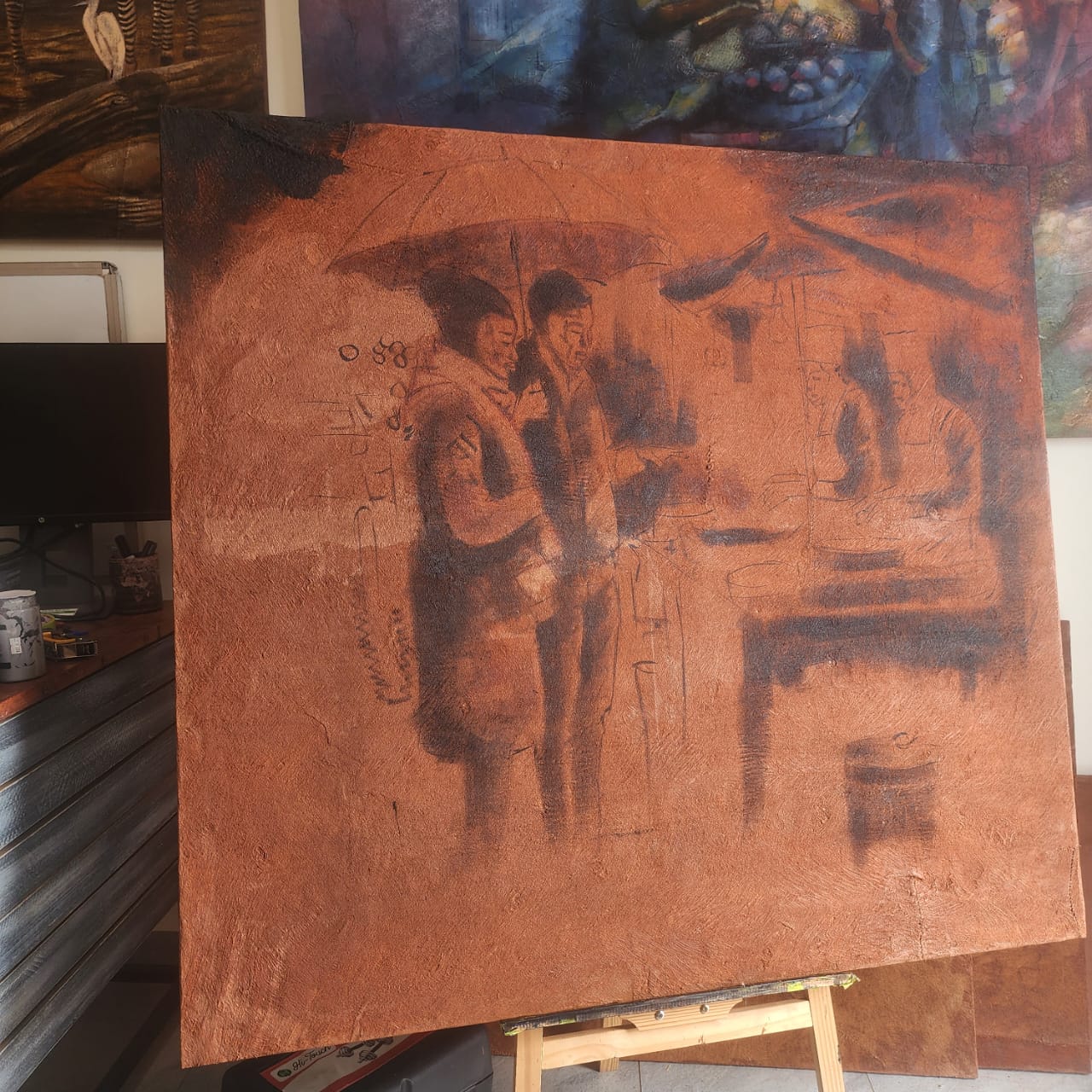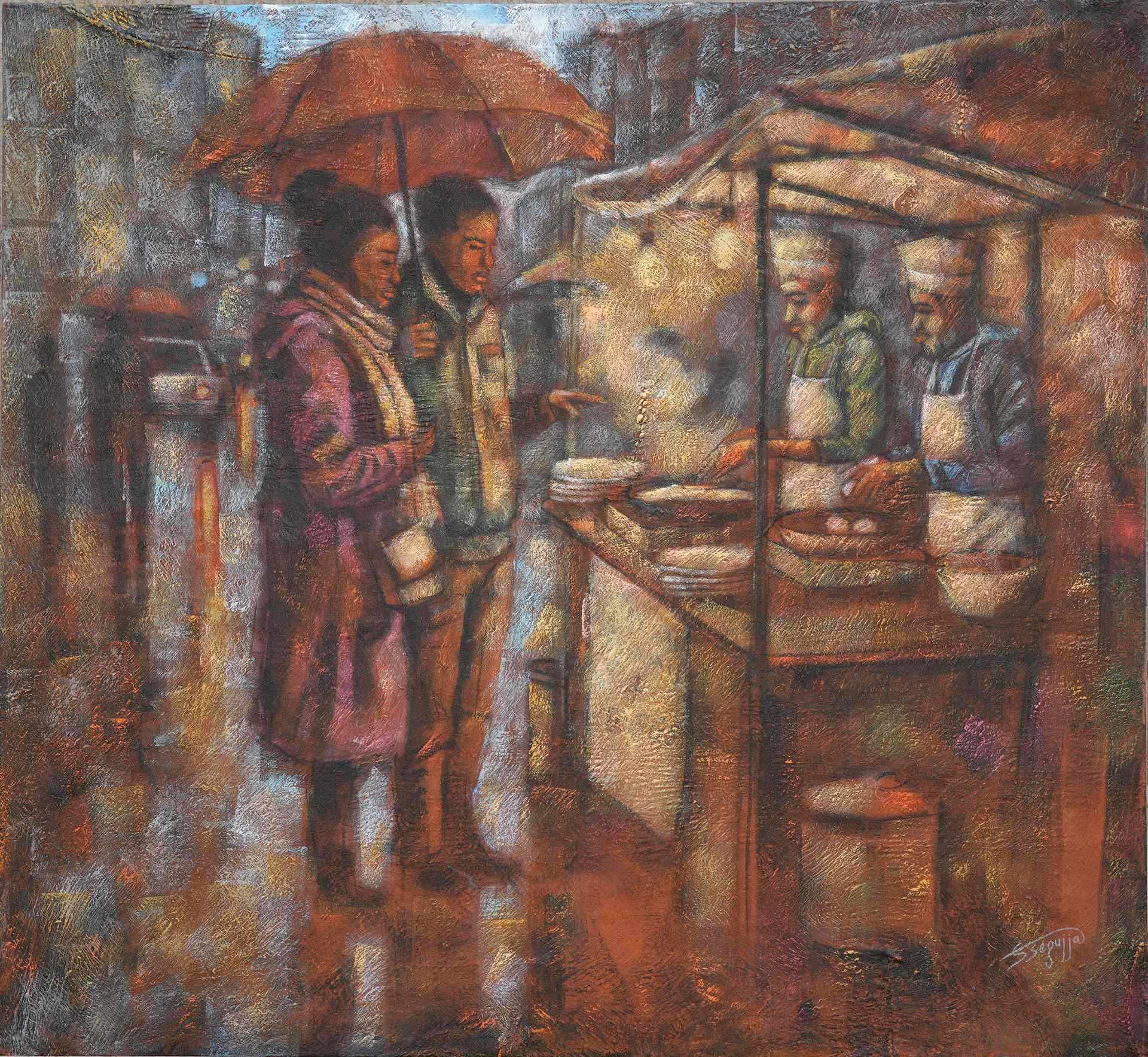Origins in the Kingdom of Buganda
Deep in central Uganda, within the ancient Kingdom of Buganda, Lubugo was the fabric of kings and communities alike. Worn during rituals, ceremonies, and even burials, it was revered as both cloth and sacred skin — a second nature binding people to their ancestors. Each piece embodies Buganda’s philosophy: respect for nature, communal identity, and artistic endurance.
